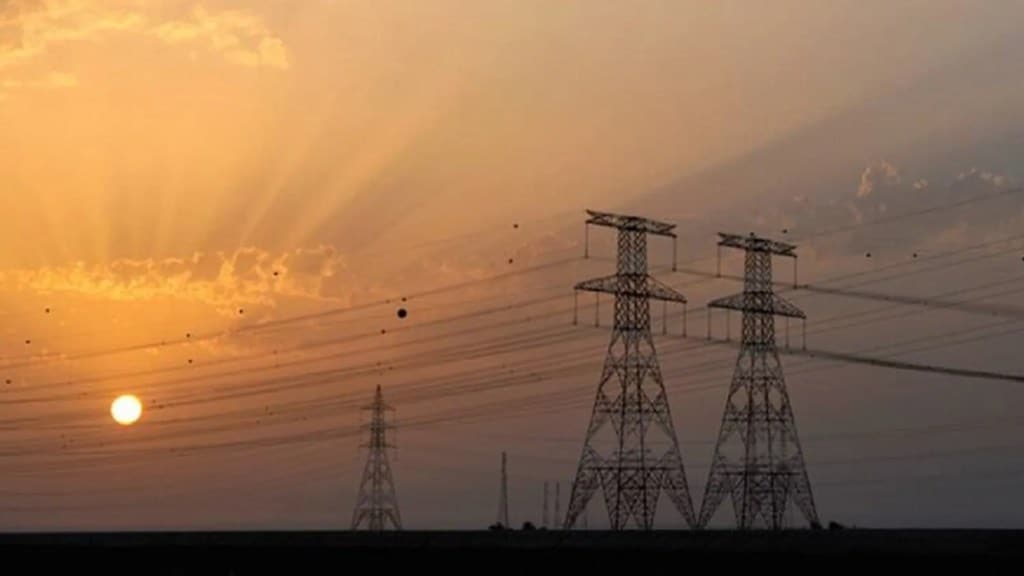The country’s power supply ran into a deficit of 1.4% in the April to January period with the power companies being able to meet only 239.93 GW of the total power demand of 243.27 GW, data from the Central Electricity Authority showed. This deficit stood at 4% in 2022-23 when the peak demand for power touched 215.89 GW.
The government has projected an electricity generation target for the year 2023-24 at 1,750 billion units (BU). In the first eleven months of FY24, the country’s electricity requirement reached 1,358.6 BU with only 1,354.97 BU being available for consumption. The country generated 1,624.16 BU during 2022-23.
The deficit in power supply has however decreased in the last 11 years from 9.0% in 2012-13 to 4.0% in 2022-23 attributable to open access in transmission, phased open access in distribution, and license free generation and distribution among other reasons provided under the Electricity Act 2003.
India has a total power generation capacity of 429.96 GW of which 240.44 GW belongs to fossil fuel sources and 189.53 GW belonging to non-fossil fuel sources. With the rising share of RE, the share of coal-based power capacity is also set to increase over the next few years as India continues to rely on thermal power to meet the rising energy demand.
Moreover, the plant load factor of the coal and lignite based power plants in the country rose to 68.48% till January in FY24. During 2022-23, the PLF of such plants stood at 64.15%. ICRA had last month said that the all-India thermal plant load factor (PLF) is expected to continue to improve to 69.0% in FY25 from about 68.0% projected for FY24. This, it added, will be led by the growth in electricity demand and limited thermal capacity addition.
Electricity demand in the country rose 7% in 2023. The government then announced an addition of 80 GW of new thermal power capacity by 2031-32 in order to meet the rising energy demand. The International Energy Agency has forecast a growth of 6.5% on average in electricity demand in 2024-2026, fastest growth rate among major economies. This is supported by strong economic activity and expanding ownership of air conditioners in the country. Over the next three years, India will add electricity demand roughly equivalent to the current consumption of the United Kingdom, the IEA said in its report last month.
Moreover, India is the only country where the wholesale prices of electricity did not post a substantial drop in 2023. As per IEA, prices fell 4% in 2023 to Rs 5,540/MWh but were still almost double those in 2019. “The tight supply situation due to strong demand growth kept prices elevated,” it said.
The country’s peak demand in 2023 touched 243 GW against the government’s initial projections of 229 GW. Bloomberg had earlier reported that the government has raised its forecast on peak electricity demand and now expects it to reach 384 GW in the 12 months through March 2032, an increase of 5% from its earlier estimate issued in May.


